Nowruz: The Persian New Year and Holiday Traditions
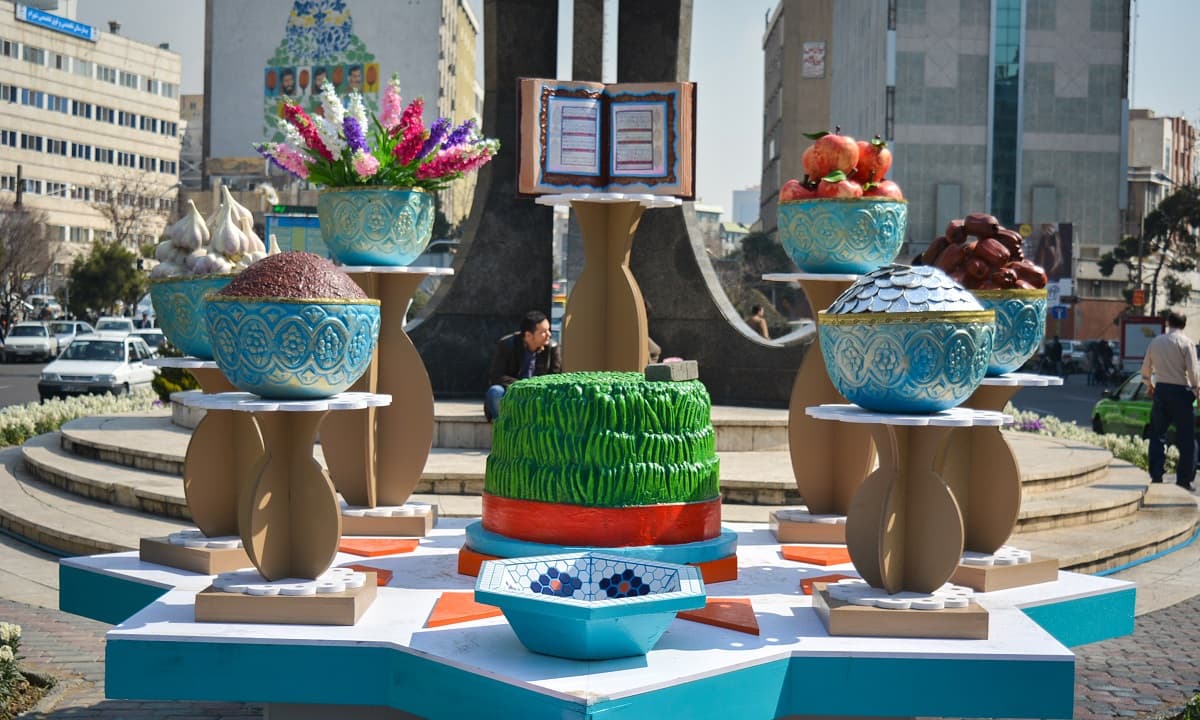
- Persis Collection
- 27 January 2024
- nowruz
- 5 minutes
Nowruz, the Persian New Year, marks not just the beginning of the calendar year but also the onset of spring. This ancient festival, rooted in Zoroastrianism, is a celebration of nature’s renewal and the rejuvenating spirit of a new day. Nowruz, literally translated as “new day,” embodies the spirit of rebirth and is observed with a range of time-honored traditions and ceremonies. It’s not just a day but a multi-week celebration filled with community gatherings, feasting, and reflections.
Who Celebrates Nowruz?
Nowruz is a cornerstone of cultural identity for over 300 million people worldwide. Predominantly celebrated in Iran, it also holds significant importance in countries like Afghanistan, Kazakhstan, Kyrgyzstan, Tajikistan, Turkmenistan, Uzbekistan, and parts of India and Pakistan. The diverse communities in these regions come together, transcending religious and ethnic differences, to commemorate this auspicious time of the year.
Read More: Nowruz is celebrated by which religion
When Was Nowruz First Celebrated?
The inception of Nowruz dates back over 3,000 years, with roots nestled in the ancient Persian Empire. Historians believe that Nowruz was first celebrated during the reign of the mythical Persian King Jamshid, who is credited with introducing the concepts of agriculture and livestock rearing to his people. This festivity has since evolved, weaving itself into the social and cultural fabric of various communities, each adding its unique flavor to the celebrations.
Read More: Which countries celebrate Nowruz?
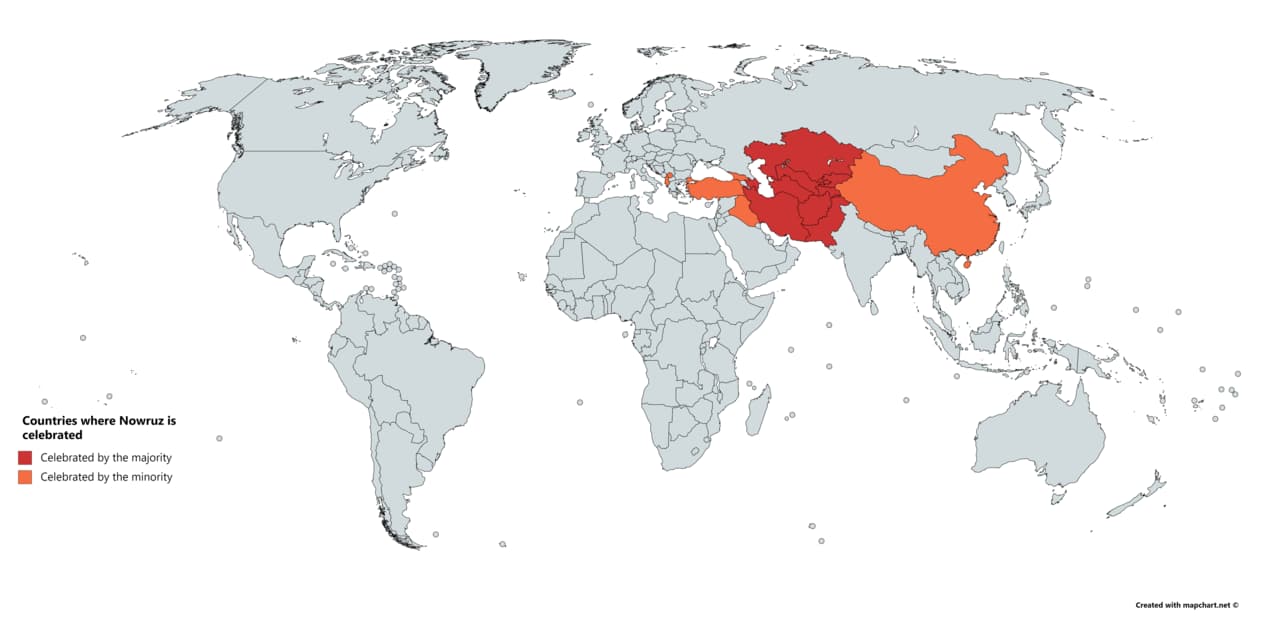
When is it Celebrated?
Nowruz, also known as Persian New Year, is celebrated on the vernal equinox, which usually occurs on March 20th or 21st. This marks the first day of Farvardin, the first month of the Iranian solar calendar. Nowruz celebrations are rich with ancient traditions and are observed in various ways, depending on the region and cultural background. However, some common customs and practices include:
Read More: Persian New Year 2025
How Do People Celebrate Nowruz?
The celebration of Nowruz is a tapestry of rich customs and rituals. Preparations begin weeks in advance, with a customary spring cleaning known as ‘khouneh tekouni’, which translates to ‘shaking the house’. This is followed by the setting up of the Haft-Seen table, shopping for new clothes, and the preparation of traditional foods. The actual day of Nowruz begins at the exact moment of the vernal equinox when families gather around the Haft-Seen table, exchange gifts, and share meals.
Haft-Seen Table During Nowruz
The Haft-Seen table is the centerpiece of the Nowruz celebrations. It’s a carefully arranged spread consisting of seven items, each starting with the letter ‘S’ in the Persian language and each symbolizing a different hope for the new year. The items usually include Sabzeh (wheat, barley, or lentil sprouts representing rebirth), Samanu (a sweet pudding signifying affluence), Senjed (dried oleaster fruit symbolizing love), Sir (garlic, representing medicine and health), Sib (apples, symbolizing beauty and health), Somaq (sumac berries, representing the color of sunrise), and Serkeh (vinegar, symbolizing age and patience).
Sekkeh: A Wish for Prosperity
Incorporating Sekkeh, or coins, into the Haft-seen tableau is a hopeful gesture towards wealth and prosperity in the coming year. This element is not merely about financial gain but signifies the richness of spirit and the abundance of blessings.
Sonbol: A Nod to Spring
The Sonbol, with its vibrant blooms and intoxicating fragrance, is a herald of spring. It symbolizes the renewal of nature and the beauty that awakens in the hearts of those who witness its growth—a reminder of life’s perpetual bloom.
Shirini: Confectioneries of Joy
Shirini, encompassing a variety of sweets, represents the sweetness and joy anticipated in the new year. These confections are not only treats for the palate but also for the soul, symbolizing happiness and the shared joy among loved ones.
Tokhm-e-Morgh: Symbols of Fertility
Decorated eggs, or Tokhm-e-Morgh, are emblematic of fertility and the inception of new life. These intricately designed eggs celebrate the potential of new beginnings and the hope for growth and prosperity in personal and communal realms.
Goldfish: The Vibrancy of Life
The swimming goldfish in a bowl of water is a mesmerizing sight on the Haft-seen table, symbolizing life and the constant flow of time. This element encourages reflection on the passage of time and the preciousness of life’s moments.
A Mirror: The Reflection of Self
A mirror on the Haft-seen table invites introspection and self-reflection. It encourages individuals to look within, ponder their past year’s actions, and aspire towards personal improvement and enlightenment in the new year.
Candle: Illuminating Happiness
Candles, with their gentle light, represent brightness, warmth, and happiness. They are a beacon of hope, guiding the way forward and illuminating the path to joy and fulfillment in the upcoming year.
Holy Book: The Spiritual Compass
Including a holy book, whether the Quran, the Bible, or other spiritual texts, underscores the importance of faith and spirituality in guiding one’s life. This element reflects a deep reverence for divine wisdom and a commitment to spiritual growth.
Nowruz Holiday
The Nowruz holiday typically lasts thirteen days, with the last day marking Sizdah Bedar, a tradition where families head outdoors to picnic and enjoy nature. This is believed to ward off the bad luck of the number thirteen and to close the Nowruz festivities by embracing the rebirth and renewal that nature symbolizes.
New Year Nowruz
The New Year Nowruz Persian is not just a calendar event; it’s a cultural phenomenon that encapsulates the values of peace, solidarity, and reconciliation. It’s a time for visiting loved ones, settling old grievances, and wishing for prosperity and health for the year ahead. Nowruz Persian New Year is an embodiment of the philosophy that each new day holds the promise of happiness, a fresh start, and the joy of shared human experiences.
Nowruz The Persian New Year and Holiday FAQs:
- What is Nowruz?
Nowruz, the Persian New Year, is a 3,000-year-old celebration marking the arrival of spring and symbolizing renewal, unity, and hope. - What is the Haft-Sin table?
The Haft-Sin table is a traditional Nowruz arrangement featuring seven symbolic items beginning with “S” in Persian, each representing values like health, love, and resilience. - What items are included in a Haft-Sin table?
Core items include Sabzeh, Sib, Somāq, Sir, Senjed, Serkeh, and Samanu. Additional decorations like mirrors, candles, painted eggs, and goldfish are also common. - What does Sabzeh symbolize?
Sabzeh, or sprouted greens, signifies rebirth, growth, and the renewal of life. - Why is Nowruz celebrated?
Nowruz celebrates the start of the Persian calendar year, the arrival of spring, and themes of renewal, gratitude, and unity. - What are some pre-Nowruz rituals?
Khāneh-Takāni (spring cleaning), shopping for new clothes, and growing Sabzeh are essential pre-Nowruz rituals. - What is Eydi, and why is it important?
Eydi refers to holiday gifts, usually money, given to children as a symbol of goodwill and celebration. - What is the meaning of ‘Happy Nowruz’ in Farsi?
“Happy Nowruz” in Farsi is written as “نوروز مبارک” (Nowruz Mobarak). - Does Persis Collection offer Haft-Sin sets?
Yes, Persis Collection provides elegant Haft-Sin sets, ensuring high quality and worldwide delivery. - Can I buy Nowruz gifts from the Persis Collection?
Absolutely! Persis Collection offers a wide range of Nowruz gifts, including unique decorative items, Haft-Sin essentials, and Persian art pieces.
In conclusion, the Nowruz Persian New Year is a vibrant mosaic of ancient traditions, rich cultural practices, and heartfelt celebrations that span several countries and communities. It is a time of communal solidarity, spiritual renewal, and a tribute to the inexorable march of time and the cyclical nature of life. As we celebrate Nowruz, we are reminded of the enduring principles of love, joy, and the interconnectedness of all beings. Here’s wishing everyone a prosperous, peaceful, and joyous New Year.






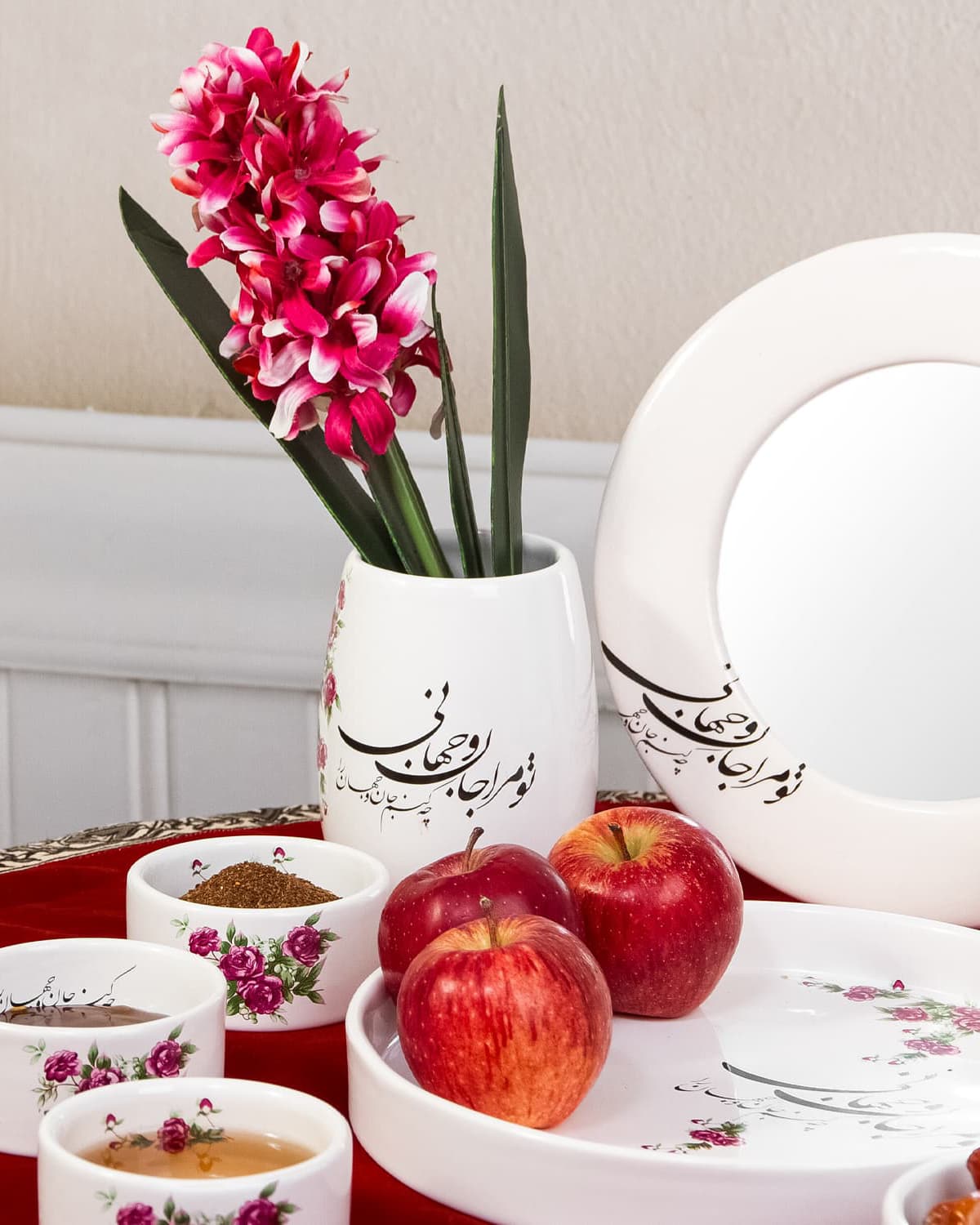
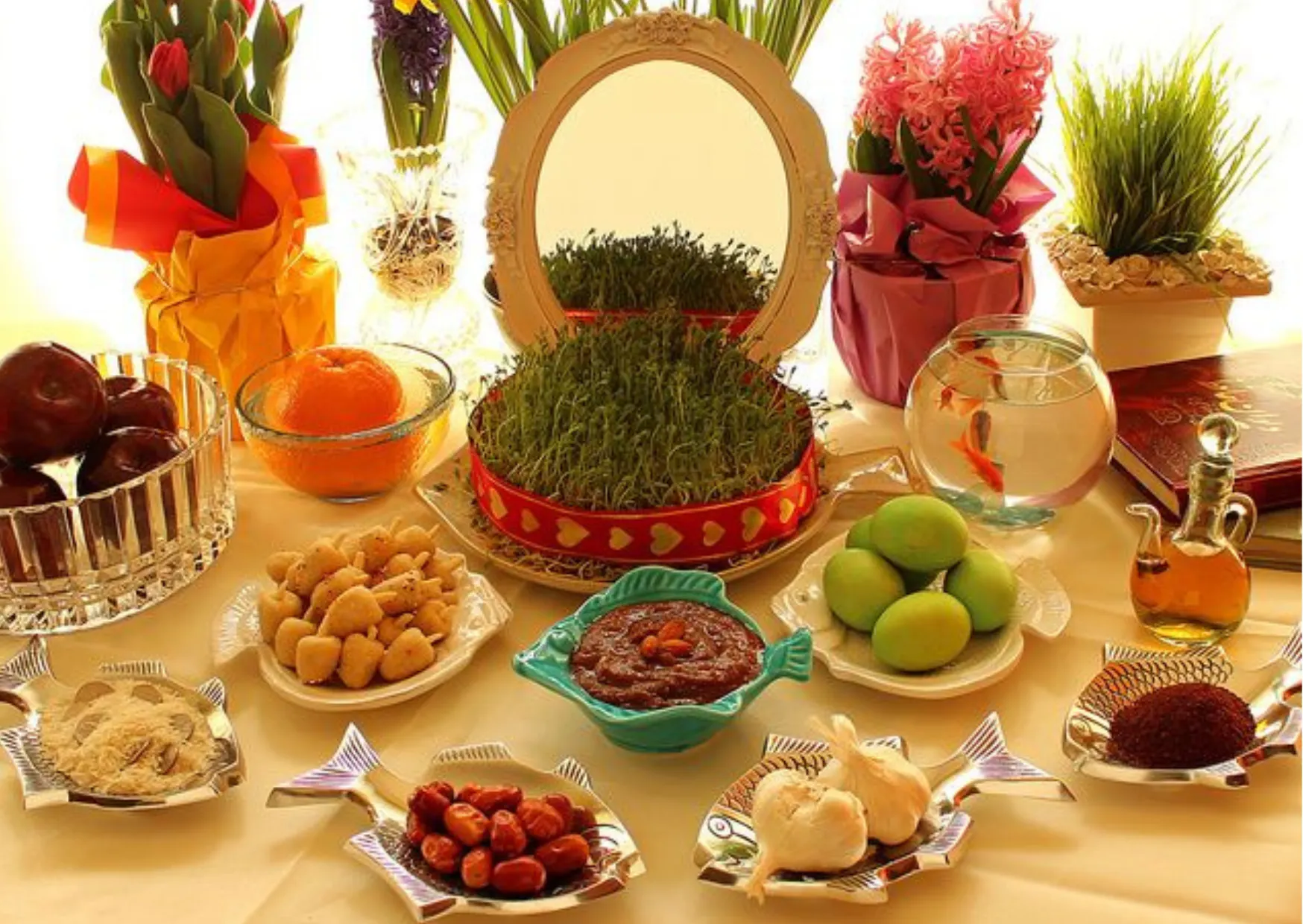
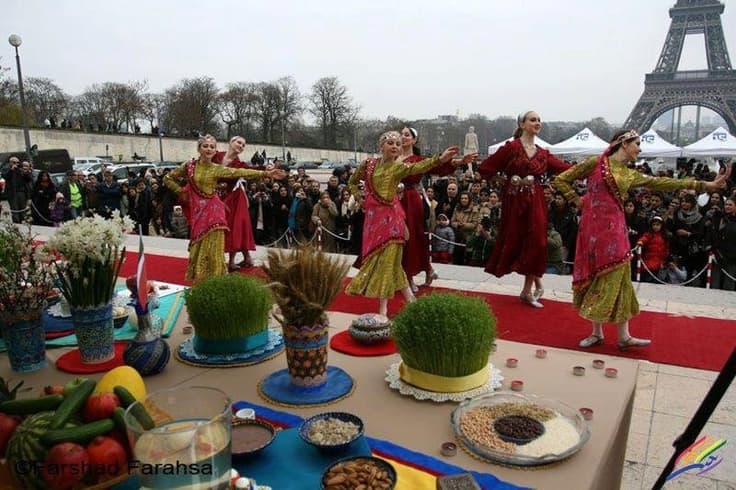
Comments